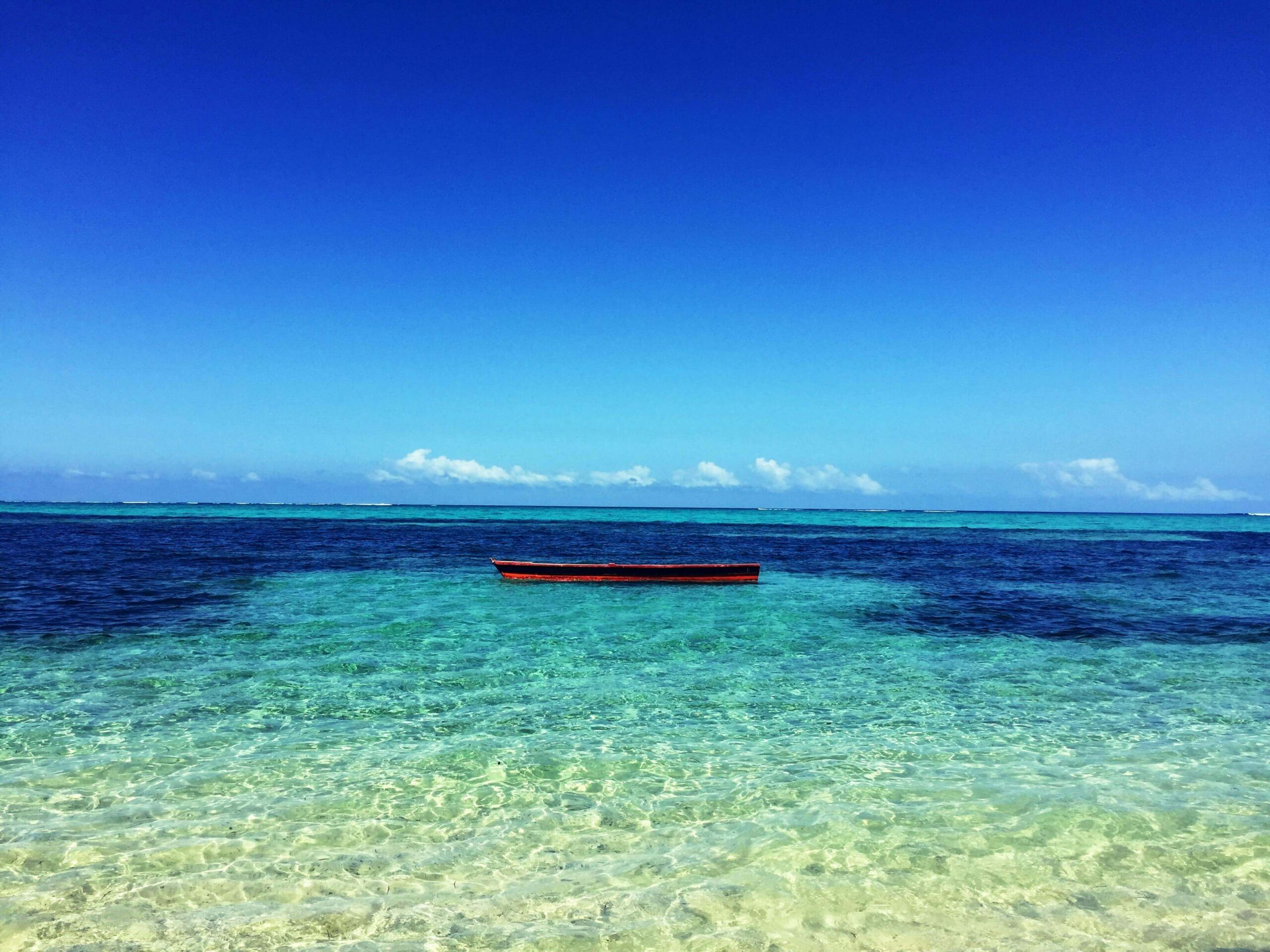Best Time to Visit Fiji: Ultimate Guide for Planning Your Tropical Getaway
Fiji, known for its crystal-clear waters, white-sand beaches, and vibrant culture, is one of the most sought-after destinations for travelers. However, choosing the best time to visit Fiji can make a big difference in your travel experience. Whether you’re looking for perfect weather, budget-friendly travel, or an escape from the crowds, understanding the seasonal variations in Fiji’s climate will help you make the most of your tropical getaway.
In this guide, we’ll break down the best time to visit Fiji based on weather, activities, and local events, so you can plan your dream vacation at the perfect time.
Overview of Fiji’s Climate
Fiji’s tropical climate means it’s warm year-round, with two main seasons: the wet season and the dry season.
- Wet Season (November to April): This is Fiji’s summer and rainy season, characterized by higher humidity, rainfall, and temperatures. The wet season also brings occasional tropical storms or cyclones, especially between January and March.
- Dry Season (May to October): During this period, Fiji experiences cooler and drier weather, with lower humidity and pleasant temperatures. It’s the most popular time for travel, as it’s ideal for outdoor activities like hiking, beach lounging, and exploring the islands.
Best Time to Visit Fiji: Month-by-Month Breakdown
1. May to October: The Dry Season
The months between May and October are generally considered the best time to visit Fiji. During this period, you’ll experience warm temperatures (around 75°F to 85°F / 24°C to 29°C) and minimal rainfall, making it perfect for outdoor activities and beach vacations. Here’s why this period is ideal:
- Perfect Weather: Dry, sunny days and cooler evenings make this the most comfortable time to explore Fiji’s natural beauty.
- Outdoor Adventures: With clear skies and calm seas, it’s the best time for water activities like snorkeling, scuba diving, surfing, and island hopping.
- Festivals and Events: Fiji’s dry season coincides with several cultural and music festivals, giving you a chance to experience the country’s vibrant traditions.
2. November to April: The Wet Season
The wet season is marked by higher humidity, more rainfall, and warmer temperatures (around 80°F to 90°F / 27°C to 32°C). While the wet season can deter some travelers due to the rain, it also offers some unique advantages:
- Fewer Crowds: This is the off-peak season, so you can enjoy a more peaceful, less crowded experience. If you prefer tranquility, this might be the perfect time to visit.
- Lower Prices: Hotels, resorts, and flights are often cheaper during the wet season, making it an attractive time for budget-conscious travelers.
- Tropical Storms and Cyclones: Be prepared for potential tropical storms or cyclones, particularly from January to March. While storms are not guaranteed, it’s important to check weather forecasts if traveling during this time.
Best Months to Visit for Specific Activities
- Diving and Snorkeling: While you can dive and snorkel year-round, the dry season (May to October) is the best time to explore Fiji’s underwater world due to clearer waters. The Mamanuca and Yasawa Islands offer some of the best dive spots in Fiji, particularly during this period.
- Surfing: The best time for surfing in Fiji is during the dry season, from April to October, when the waves are larger and more consistent. Famous spots like Cloudbreak, around the Mamanuca Islands, attract surfers from around the globe during this time.
- Hiking and Outdoor Adventures: If you love hiking, the dry season is ideal for exploring Fiji’s lush landscapes. The cooler weather makes hiking through rainforests and up to waterfalls more enjoyable.
- Cultural Events: The Fijian cultural calendar is packed with festivals, most of which take place during the dry season. If you’re looking to experience traditional Fijian music, dance, and ceremonies, plan your visit around these events.
Considerations for Your Fiji Vacation
Budget Travel
If you’re looking for a budget-friendly trip, the wet season (November to April) is the best time to score deals on flights and accommodations. However, keep in mind that the weather can be unpredictable, with short bursts of heavy rain and potential cyclones. Traveling during the shoulder months, like Apriland November, can provide a good balance of favorable weather and affordable prices.
Crowd Levels
Fiji’s peak tourist season is during the dry season, particularly from June to September. If you prefer fewer crowds, consider visiting just before or after this period, in May or October. This way, you’ll enjoy pleasant weather without the hustle and bustle of peak tourist traffic.
Weather Safety Tips
- Check the Forecast: If you’re traveling during the wet season, be sure to monitor weather conditions and be prepared for occasional storms or rain.
- Pack Accordingly: Even during the dry season, be sure to pack light, breathable clothing, sunscreen, and a hat for sun protection. If you’re visiting during the wet season, bring a light rain jacket and waterproof footwear.
Conclusion: When Should You Visit Fiji?
The best time to visit Fiji depends on your preferences, whether you’re after perfect weather, budget-friendly travel, or cultural experiences. For most travelers, the dry season (May to October) is ideal for beach vacations, outdoor adventures, and water activities. However, if you’re looking for quieter beaches and lower prices, the wet season (November to April) may offer a more relaxed experience—just keep in mind that occasional storms may occur.
No matter when you visit, Fiji promises an unforgettable experience filled with stunning landscapes, warm hospitality, and exciting activities. So pack your bags and get ready to explore paradise!
Read more

